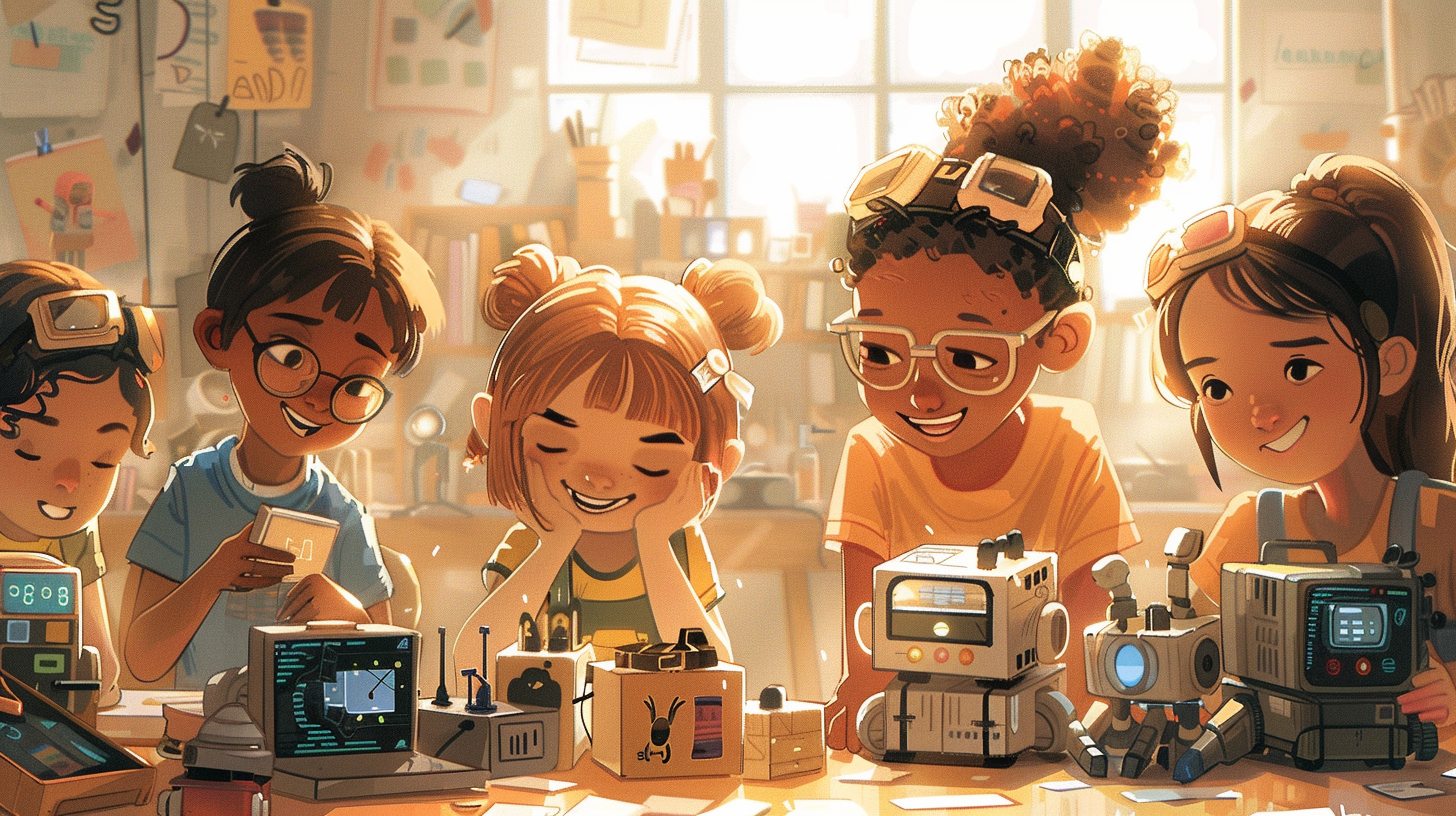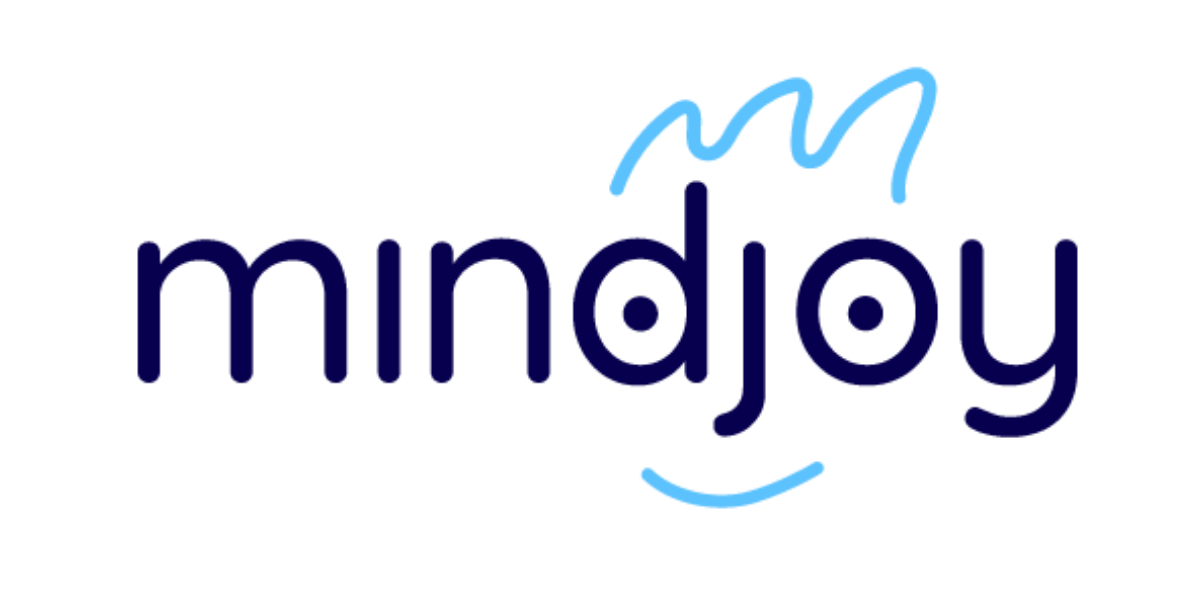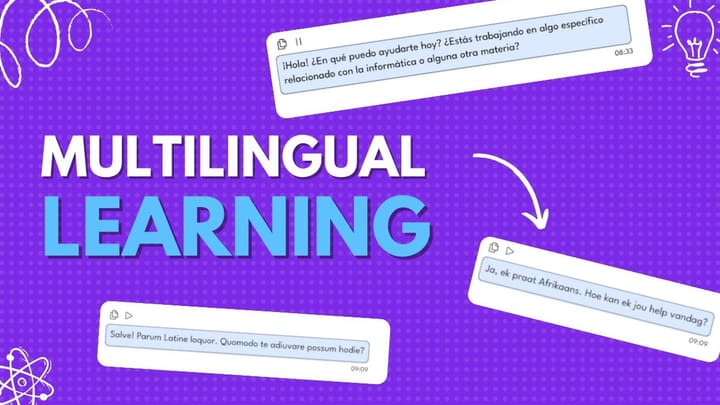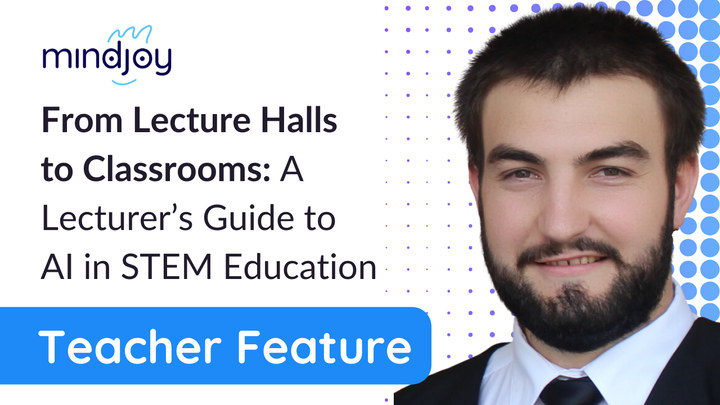Coding, AI, and the Future of Learning in South Africa 🇿🇦
At Mindjoy we've been exploring how we teach coding to young minds leveraging the power of AI for quite sometime (even before ChatGPT broke school 😉). Our goal of reaching a million pupils across South Africa and beyond isn't just about numbers—it's about opening doors to a future where technology is a tool for empowerment and creativity especially in country like South Africa where quality STEM teachers and professionals are in short supply and massive demand.
Beyond Traditional Coding
When we launched Mindjoy in July 2021, we saw a gap in digital skills development. But our vision goes beyond just teaching kids to code. We're creating joyful, curious, and inspiring learning environments where young minds can thrive, and we believe our teachers, schools, and universities are essential partners in this transformation.
Most children in sub-Saharan Africa and the rest of the continent will experience their first interaction with technology through a mobile phone or at their schools. This reality shapes how we approach coding education, making it accessible and relevant to their daily lives.
AI: A New Language for Talking to Computers
The introduction of AI into the coding education space is nothing short of mind-blowing 🤯. It's redefining how we interact with computers and, by extension, how we teach coding:
- 💬 Natural Language Coding: AI-powered tools are making it possible to write code using natural language. This reduces the initial barrier of learning complex syntax, allowing students to focus on problem-solving and creativity.
- 🤖 Intelligent Tutoring: AI tutors can provide personalised feedback and guidance, adapting to each student's pace and learning style. This level of individualisation was previously impossible at scale. It also means kids anywhere can learn hard-to-find subject matter expert subjects such as Coding, Maths, and Science with the help of AI tutors and peer learning platforms.
- ✍️ Real-time Error Correction: AI can identify and explain coding errors in real-time, turning mistakes into learning opportunities rather than sources of frustration. This rapid feedback can enable students to stick with hard-to-learn subjects longer than they would struggling alone.
- 👷♀️ Project-Based Learning: We'll start to see more schools look for alternative forms of assessment that are more engaging for students and for making the learning process more relevant, real-world, and "AI-proof".
Breaking Down Barriers
In South Africa, the quintile system categorises schools based on the wealth of the surrounding community, with Quintile 1 being the poorest and Quintile 5 the wealthiest. The introduction of coding and robotics as mandatory subjects presents both challenges and opportunities across these quintiles:
- Resource Sharing: Schools in higher quintiles can partner with those in lower quintiles, sharing resources, expertise, and technology. This collaboration can help bridge the digital divide.
- Peer Learning Networks: Students from different quintiles can connect through online platforms, fostering a diverse learning community where they can share experiences and support each other.
- 10x Teachers: AI-powered learning platforms can adapt to the resources available in different schools, ensuring that even those with limited access to technology can participate in coding education.
- Community Engagement: Encouraging local tech companies to adopt schools across quintiles can bring real-world expertise into classrooms and provide additional resources.
The Human Touch in the AI Era
While AI is transforming how we teach coding, the human element remains crucial. This blend of AI-powered tools and human mentorship and coaching can create a rich, supportive learning environment and new opportunities for how we approach teaching and learning in our classrooms.
Scaling Impact Through AI Tutors
AI tutors have the potential to dramatically scale the impact of great EdTech and coding teachers beyond their immediate schools:
- 24/7 Availability: AI tutors can provide support outside of school hours, allowing students to learn at their own pace and schedule.
- Customised Curriculum: Teachers can work with AI to create customised learning paths that can then be scaled to thousands of students.
- Language Accessibility: AI tutors can provide instruction in multiple South African languages, making coding education more inclusive.
- Data-Driven Insights: AI can provide teachers with detailed insights into student performance, helping them identify areas where additional support is needed.
- Virtual Classrooms: Expert teachers can create virtual classrooms powered by AI, reaching students across the country and even internationally.
The Future is Collaborative
As we look to the future, the integration of AI in education isn't about replacing teachers or traditional learning methods. It's about augmenting them, creating a collaborative environment where technology and human expertise work hand in hand and doing things differently. In place like South Africa where
At Mindjoy, we're constantly evolving our platform, using the latest and most cutting edge technologies to help 10x incredible teacher's impact in their classrooms and beyond. We're excited by the new possibilities that the subjects bring.
Together, we can create a future where every child, regardless of their background, has the opportunity to become a creator, an innovator, and a problem-solver. Let's embrace the AI revolution in education and unlock the potential of millions of young minds across South Africa and beyond.
The future is bright, and it's coded in joy.
Resources

If the new curriculum is a little daunting with the breadth of content, this tutor is designed to help! Push this out to your students and it can support their learning in all areas, differentiate to their ability, coding language of choice and even switch to Afrikaans.



